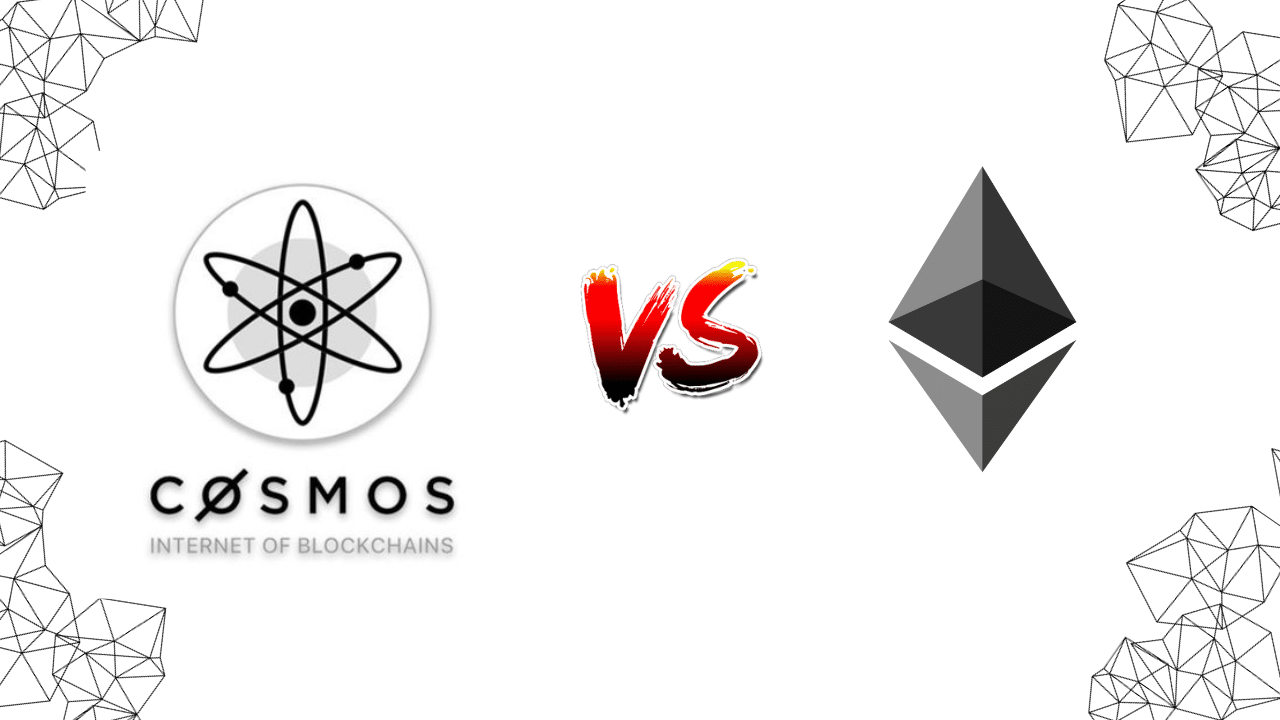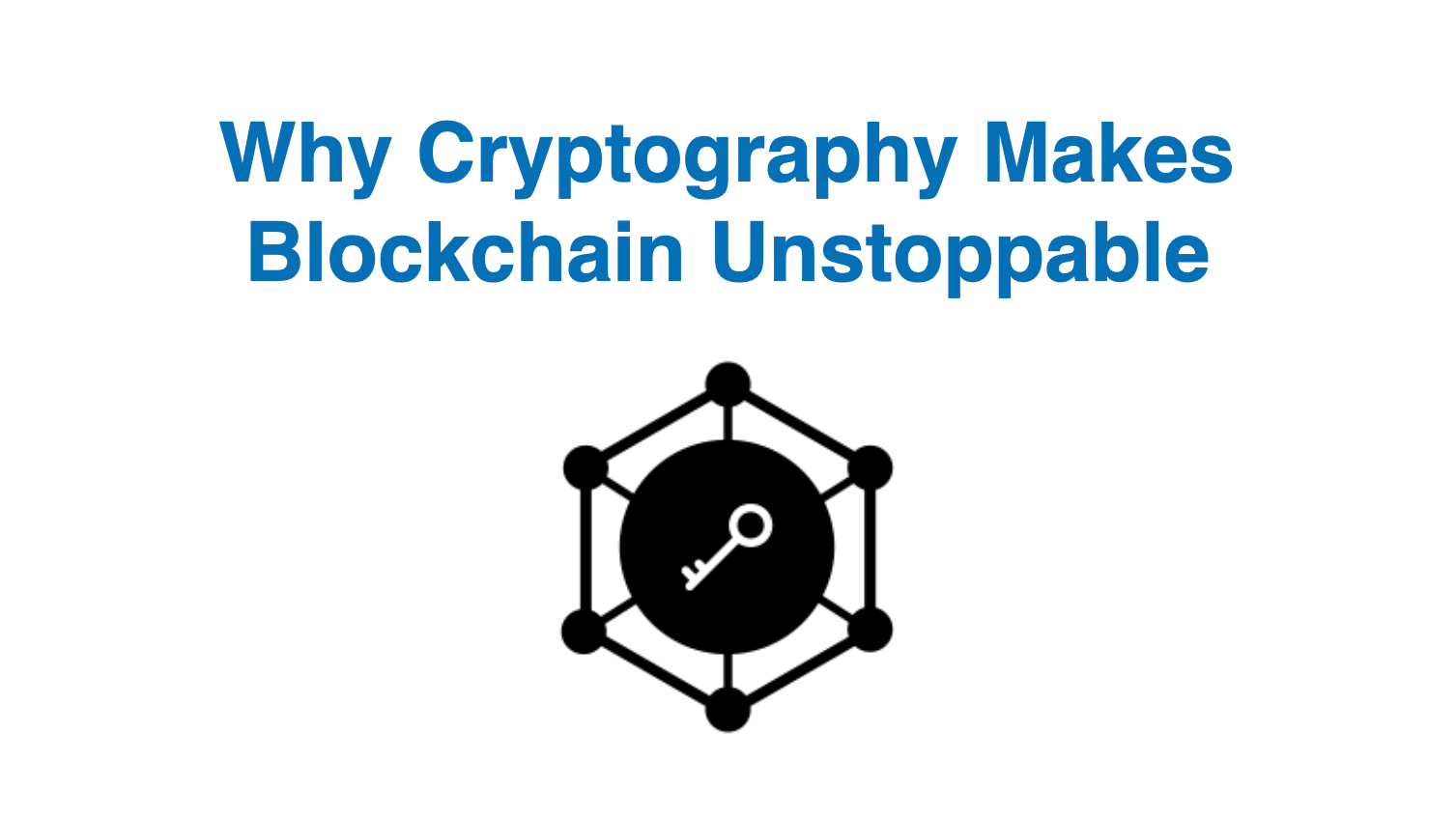Contents
|
|
This post serves as a simple and yet comprehensive Blockchain glossary to the refreshing world of blockchain language.
Contents
Blockchain Glossary: From A-Z
51% Attack
When more than half of the computing power of a cryptocurrency network is controlled by a single entity or group, this entity or group may issue conflicting transactions to harm the network, should they have the malicious intent to do so.
Address
Cryptocurrency addresses are used to send or receive transactions on the network. An address usually presents itself as a string of alphanumeric characters.
ASIC
Short form for ‘Application Specific Integrated Circuit’. Often compared to GPUs, ASICs are specially made for mining and may offer significant power savings.
Bitcoin
Bitcoin is the first decentralised, open source cryptocurrency that runs on a global peer to peer network, without the need for middlemen and a centralised issuer.
Block
Blocks are packages of data that carry permanently recorded data on the blockchain network.
Blockchain
A blockchain is a shared ledger where transactions are permanently recorded by appending blocks. The blockchain serves as a historical record of all transactions that ever occurred, from the genesis block to the latest block, hence the name blockchain.
Block Explorer
Block explorer is an online tool to view all transactions, past and current, on the blockchain. They provide useful information such as network hash rate and transaction growth.
Block Height
The number of blocks connected on the blockchain.
Block Reward
A form of incentive for the miner who successfully calculated the hash in a block during mining. Verification of transactions on the blockchain generates new coins in the process, and the miner is rewarded a portion of those.
Central Ledger
A ledger maintained by a central agency.
Confirmation
The successful act of hashing a transaction and adding it to the blockchain.
Consensus
Consensus is achieved when all participants of the network agree on the validity of the transactions, ensuring that the ledgers are exact copies of each other.
Cryptocurrency
Also known as tokens, cryptocurrencies are representations of digital assets.
Cryptographic Hash Function
Cryptographic hashes produce a fixed-size and unique hash value from variable-size transaction input. The SHA-256 computational algorithm is an example of a cryptographic hash.
Dapp
A decentralised application (Dapp) is an application that is open source, operates autonomously, has its data stored on a blockchain, incentivised in the form of cryptographic tokens and operates on a protocol that shows proof of value.
DAO
Decentralised Autonomous Organizations can be thought of as corporations that run without any human intervention and surrender all forms of control to an incorruptible set of business rules.
Distributed Ledger
Distributed ledgers are ledgers in which data is stored across a network of decentralized nodes. A distributed ledger does not have to have its own currency and may be permissioned and private.
Distributed Network
A type of network where processing power and data are spread over the nodes rather than having a centralised data centre.
Difficulty
This refers to how easily a data block of transaction information can be mined successfully.
Digital Signature
A digital code generated by public key encryption that is attached to an electronically transmitted document to verify its contents and the sender’s identity.
Double Spending
Double spending occurs when a sum of money is spent more than once.
Ethereum
Ethereum is a blockchain-based decentralised platform for apps that run smart contracts, and is aimed at solving issues associated with censorship, fraud and third party interference.
EVM
The ethereum Virtual Machine (EVM) is a Turing complete virtual machine that allows anyone to execute arbitrary EVM Byte Code. Every ethereum node runs on the EVM to maintain consensus across the blockchain.
Fork
Forks create an alternate version of the blockchain, leaving two blockchains to run simultaneously on different parts of the network.
Genesis Block
The first or first few blocks of a blockchain.
Hard Fork
A type of fork that renders previously invalid transactions valid, and vice versa. This type of fork requires all nodes and users to upgrade to the latest version of the protocol software.
Hash
The act of performing a hash function on the output data. This is used for confirming coin transactions.
Measurement of performance for the mining rig is expressed in hashes per second.
Hybrid PoS/PoW
A hybrid PoS/PoW allows for both Proof of Stake and Proof of Work as consensus distribution algorithms on the network. In this method, a balance between miners and voters (holders) may be achieved, creating a system of community-based governance by both insiders (holders) and outsiders (miners).
Mining
Mining is the act of validating blockchain transactions. The necessity of validation warrants an incentive for the miners, usually in the form of coins. In this cryptocurrency boom, mining can be a lucrative business when done properly. By choosing the most efficient and suitable hardware and mining target, mining can produce a stable form of passive income.
Multi-Signature
Multi-signature addresses provide an added layer of security by requiring more than one key to authorize a transaction.
Node
A copy of the ledger operated by a participant of the blockchain network.
Oracles
Oracles work as a bridge between the real world and the blockchain by providing data to the smart contracts.
Peer to Peer
Peer to Peer (P2P) refers to the decentralized interactions between two parties or more in a highly-interconnected network. Participants of a P2P network deal directly with each other through a single mediation point.
Public Address
A public address is the cryptographic hash of a public key. They act as email addresses that can be published anywhere, unlike private keys.
Private Key
A private key is a string of data that allows you to access the tokens in a specific wallet. They act as passwords that are kept hidden from anyone but the owner of the address.
Proof of Stake
A consensus distribution algorithm that rewards earnings based on the number of coins you own or hold. The more you invest in the coin, the more you gain by mining with this protocol.
Proof of Work
A consensus distribution algorithm that requires an active role in mining data blocks, often consuming resources, such as electricity. The more ‘work’ you do or the more computational power you provide, the more coins you are rewarded with.
Scrypt
Scrypt is a type of cryptographic algorithm and is used by Litecoin. Compared to SHA256, this is quicker as it does not use up as much processing time.
SHA-256
SHA-256 is a cryptographic algorithm used by cryptocurrencies such as bitcoin. However, it uses a lot of computing power and processing time, forcing miners to form mining pools to capture gains.
Smart Contracts
Smart contracts encode business rules in a programmable language onto the blockchain and are enforced by the participants of the network.
Soft Fork
A soft fork differs from a hard fork in that only previously valid transactions are made invalid. Since old nodes recognize the new blocks as valid, a soft fork is essentially backward-compatible. This type of fork requires most miners upgrading in order to enforce, while a hard fork requires all nodes to agree on the new version.
Solidity
Solidity is Ethereum’s programming language for developing smart contracts.
Testnet
A test blockchain used by developers to prevent expending assets on the main chain.
Transaction Block
A collection of transactions gathered into a block that can then be hashed and added to the blockchain.
Transaction Fee
All cryptocurrency transactions involve a small transaction fee. These transaction fees add up to account for the block reward that a miner receives when he successfully processes a block.
Turing Complete
Turing complete refers to the ability of a machine to perform calculations that any other programmable computer is capable of. An example of this is the ethereum Virtual Machine (EVM).
Wallet
A file that houses private keys. It usually contains a software client which allows access to view and create transactions on a specific blockchain that the wallet is designed for.









Do you have a definition of “token”?
Hi Ameer,
Here is the link of Chinese translation: http://ethfans.org/ajian1984/articles/blockchain-glossary-from-a-z
Thank you for your contribution to this community. If you do not appreciate our work, please tell us.
Best reagrds,
Ajian
Hi Ameer,
I hope this comment finds you well.
This is Ajian, from Ethfans.org, which is a China based Ethereum developer community, dedicating to promoting Ethereum and blockchain technology in China. One of our main projects is translating selected English posts into Chinese and circulating them on our website and newsletters, where we have more than 4000 daily visits.
I am wondering if we can ask your authorization to translate this post for non-profit purpose. If permitted, the Chinese version will be posted on ethfans.org and our wechat daily newsletter. We will specify your authorship of the post, and put down a link to your original post.
Please let me know if you have other requirements regarding the authorization. Looking forward to your reply.
Thank you.
Best regards,
Ajian
#ALTCOIN = Any crypto currency other than bitcoin.
#ASHDRAKED = A situation where you lost all your money.
#BAGHOLDER = A person who buys and hold coins in large quantity hoping to make good profits in the future.
#BEAR/BEARISH = Negative price movement
#BTFD = Buy The Fucking Dip (an indication to buy a coin when it has dumped so hard)
#BULL/#BULLISH = Positive price movement
#DILDO = Long green or red candles
#DUMP = To Sell off a coin
#DUMPING = Downward price movement
#DYOR = Do Your Own Research
#FA = Fundamental Analysis
#FOMO = Fear Of Missing Out (A coin is pumping and you get the feeling it’s gonna pump more, so you buy high)
#FUD = Fear Uncertainty & Doubt
#HODL = Hold/Hold a position
#JOMO = Joy Of Missing Out
#LONG = Margin bull position
#MCAP = Market Capitalization
#MOON = Continuous upward movement of price
#OTC = Over The Counter
#PUMP = Upward price movement
#SAJ #CANDLE = Huge green candle
#SHITCOIN = A coin with no potential value or use
#SHORT = Margin bear position
#SWING = Zig zag price movement (Upwards and downwards)
#TA = Technical Analysis
REKT = When you have a bad loss
REVERSE INDICATOR = Someone who is always wrong predicting price movements.
RSI = Relative Strength Index
WHALE = Very Wealthy trader/Market mover
For Dapp, I would tweak the definition a tad for those of us who are new to this and don’t have an intuitive understanding of what “decentralized” means. I believe decentralized and incentivized are spelled with a z, not a s, by the way 🙂
A decentralized application (Dapp) is an open source app whose backend code runs on a peer-to-peer network rather than on a centralized server. Its data is stored on a blockchain. It is incentivized by the use of cryptographic tokens, and operates autonomously (i.e. with no entity controlling it), on a protocol that shows proof of value.
Thanks for this start-up lexicon. Very helpful. I am looking for a basic definition / explanation of ERC20 token / standard. If I find one, I will return to post it, but perhaps someone will beat me to it, which would be great 🙂
Update #1. Based on the sources I found (see below), here is how I would explain the ERC 20 token standard right now. It is a set of criteria developed by the Ethereum community for how to set up smart contracts on the blockchain in order to ensure optimal interoperability. ERC stands for Ethereum Request for Comments and 20 was the number of the request put to community members to help improve the standards to which developers should strive to adhere in developing Ethereum based contracts.
I have yet to find what the actual core components of this ERC20 standard are, and understand what difference they make. Being a non-developer, the github thread where the ERC20 standard was developed is totally Chinese to me – github.com/ethereum/EIPs/issues/20
Here were my best sources for ERC20 so far:
steemit.com/cryptocurrency/@cryptoadvocator/all-about-ethereum-erc20-token-standard
themerkle.com/what-is-the-erc20-ethereum-token-standard/
http://www.ethnews.com/erc20-the-ethereum-token-standard
Update #2.
Here is the definition I have come up with: The ERC20 Token Standard is a set of 6 functions and 2 events that need to be included (in a specific agreed upon language and format) in a smart token contract in order to enable interoperability across multiple interfaces and distributed applications (dapps). The 6 functions relate to (1) how tokens can be transferred (either by its owner or on behalf of its owner) and (2) how to access data about the token (name, symbol, total supply, and account balance). The 2 events are transfers and approvals, and how they need to be formatted.
Details on the thread I started on the Ethereum Stackexchange. https://ethereum.stackexchange.com/questions/16714/what-are-the-key-criteria-for-meeting-the-erc20-token-standard
ZCash / Monero / Proof of Space Time
Send me the definitions and I will add them in.
Flockchain, Chainwashing 🙂